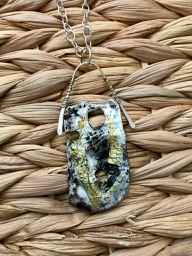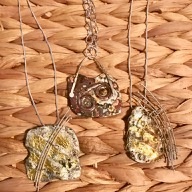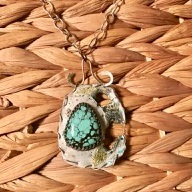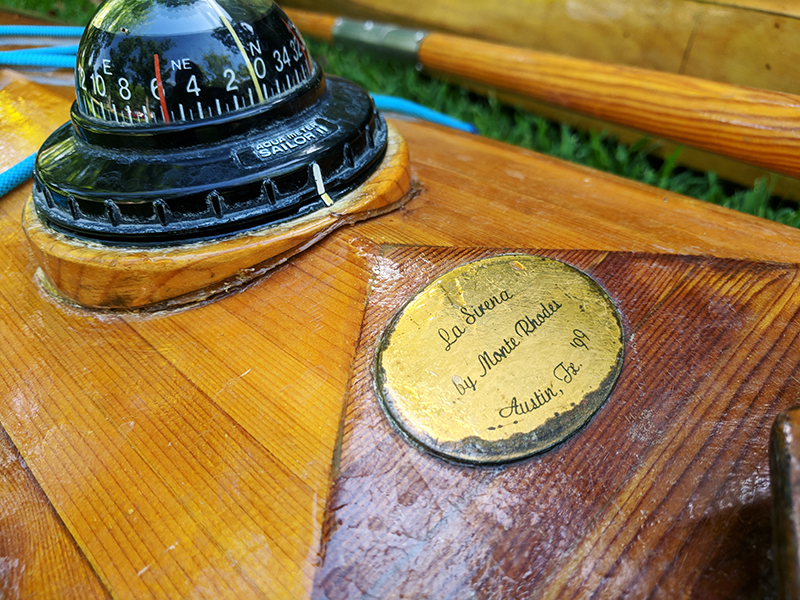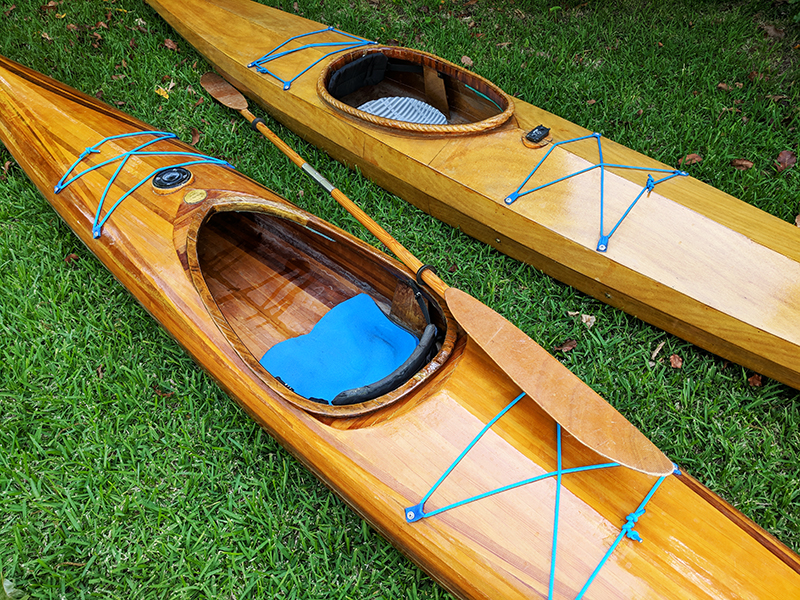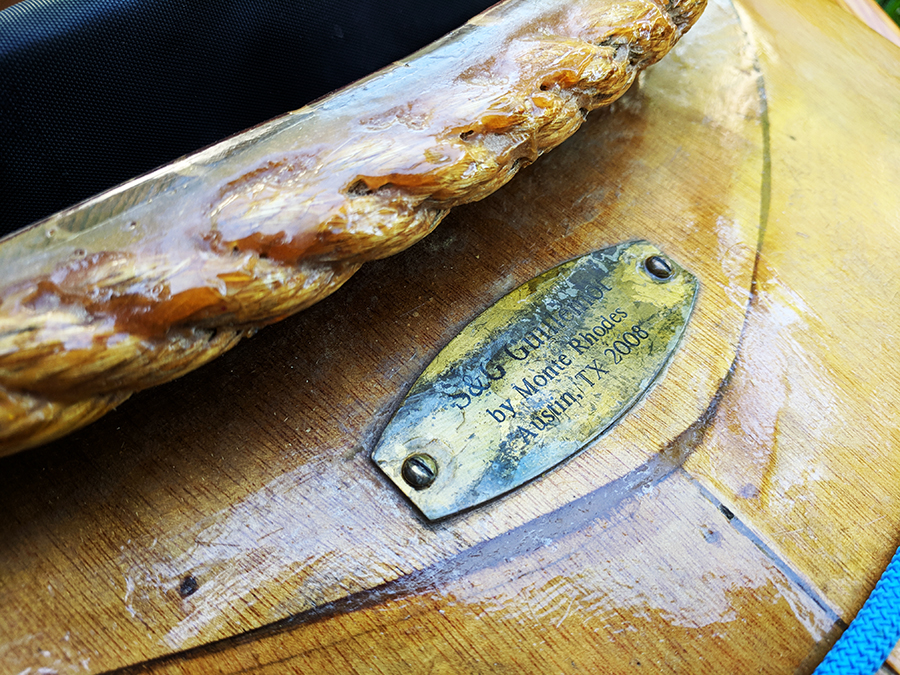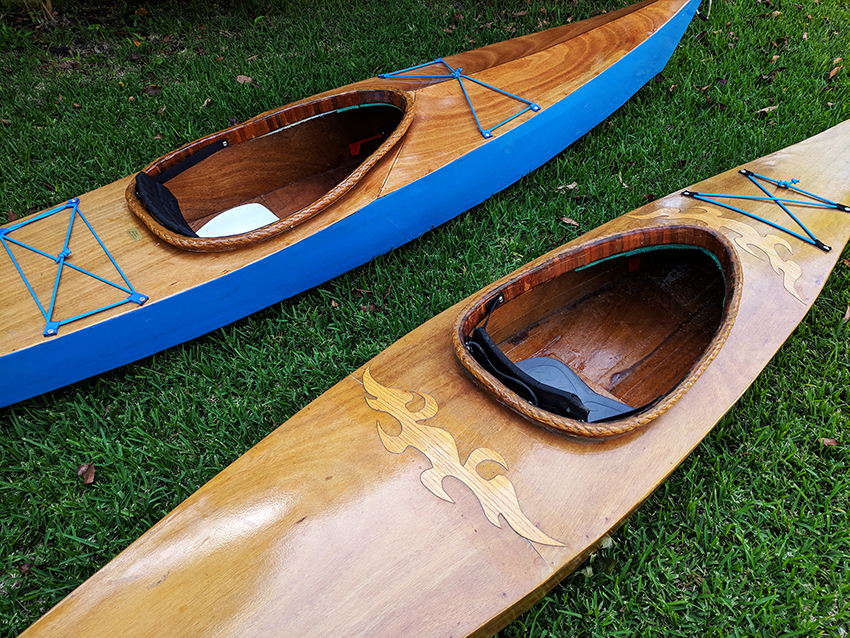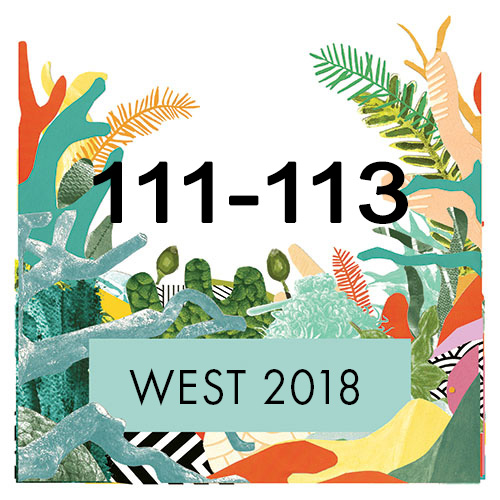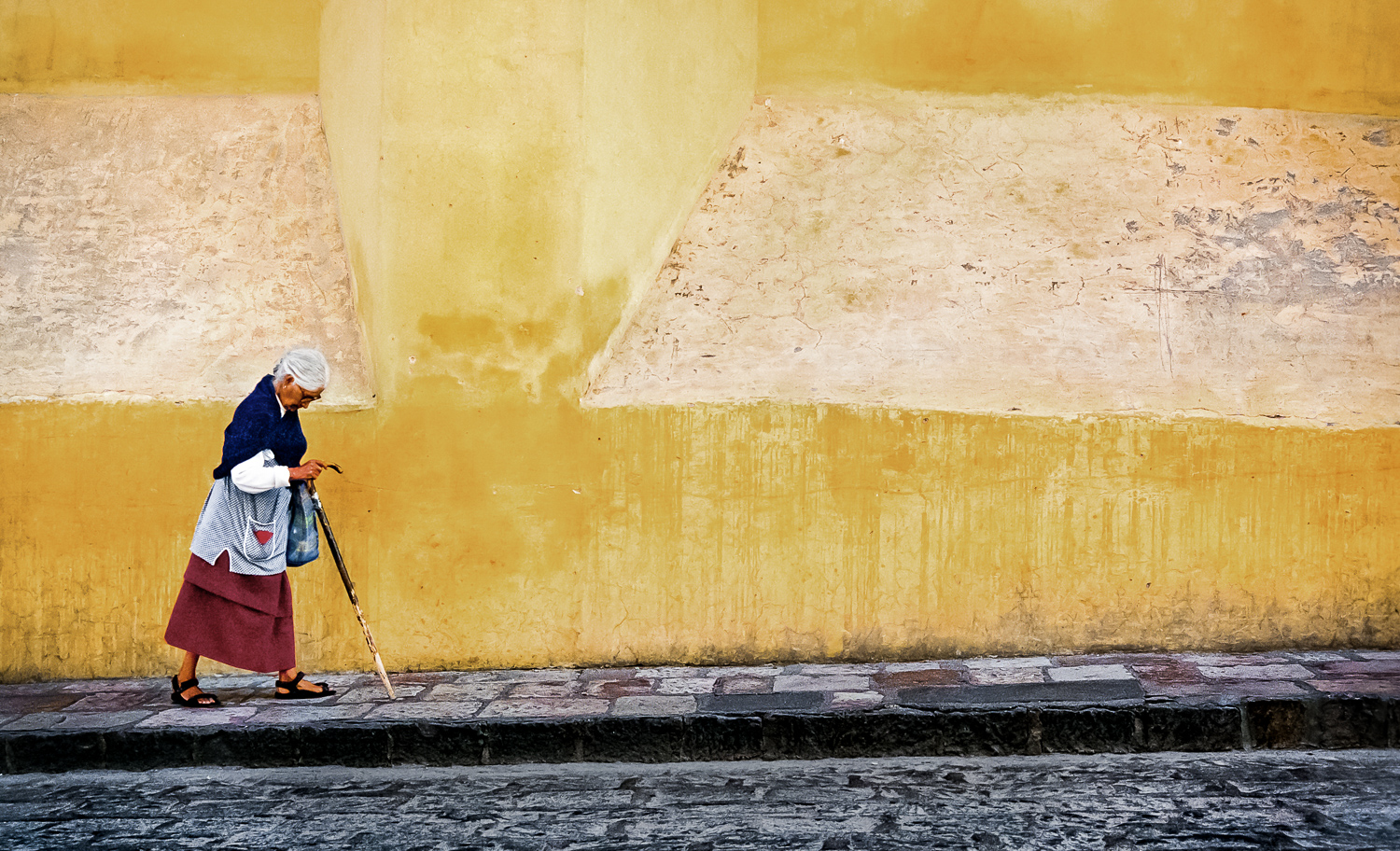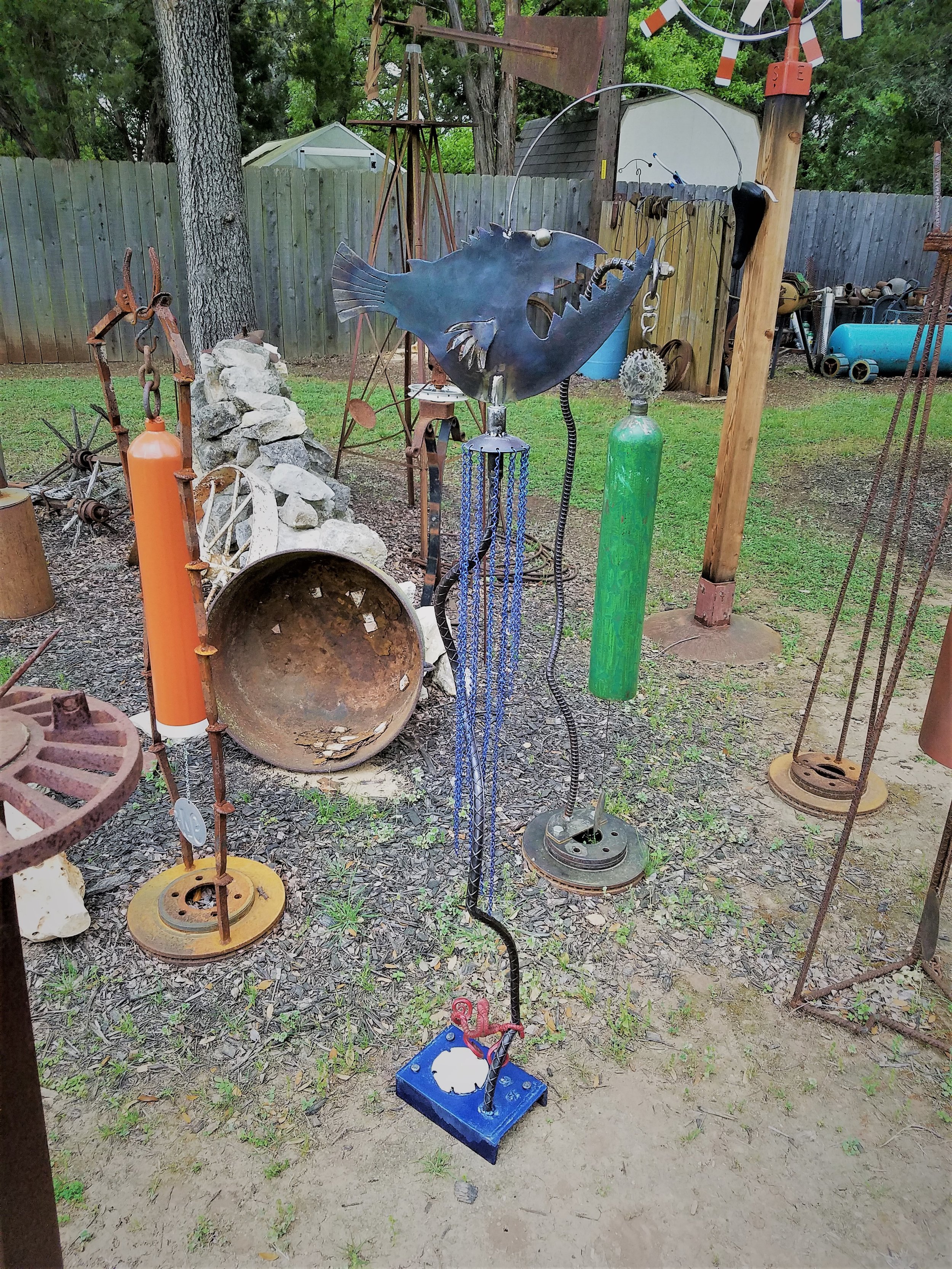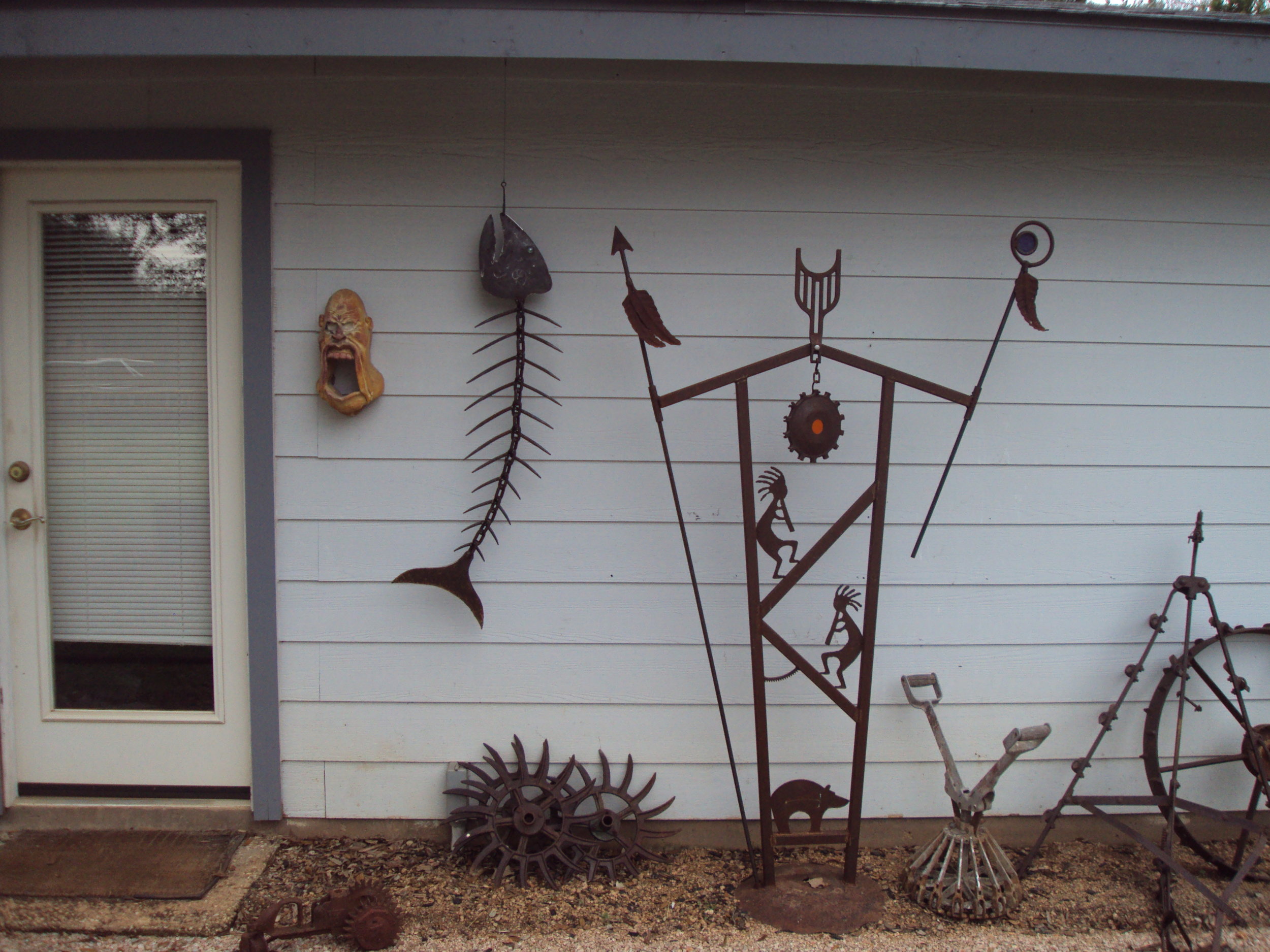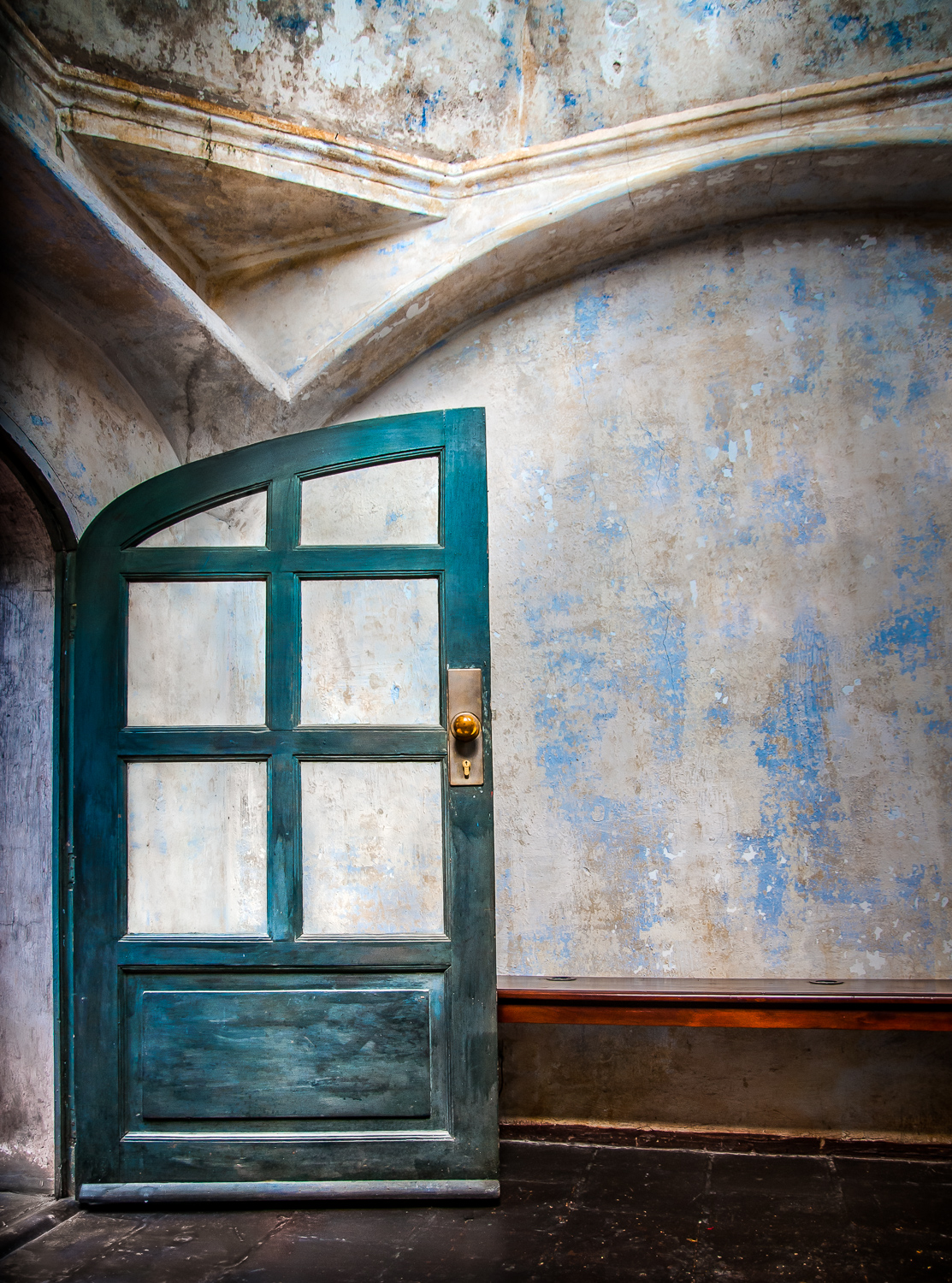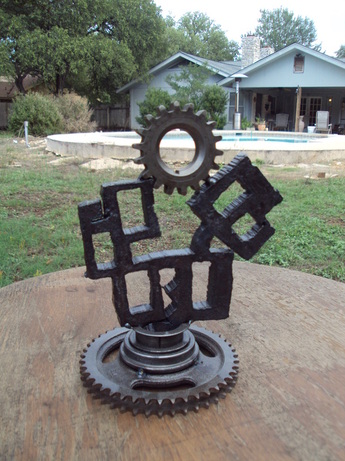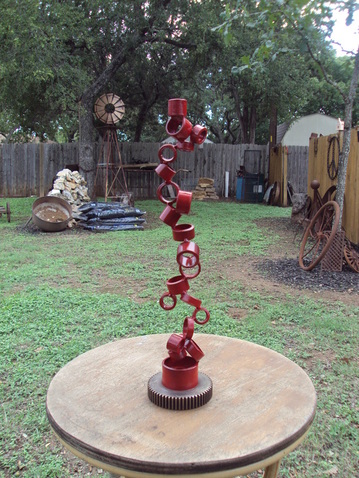As any good workshop, mine has evolved over the past many years. It started as being a good place to build small model wooden boats. It had a place for glue, a small fine-toothed saw, sandpaper and various hand tools.
About 10 years ago it became a place to make wire-wrap jewelry. A few basic hand tools had been added, like wire cutters and various tools to shape wire. There were places to hang different gauges of wire with bowls and boxes to keep stones and beads. It also had a CD player for listening to audio books while I worked.
When I had learned all that I wanted to learn about wire-wrap I started going to jewelry making classes at Austin Community College. ACC is an excellent school - very experienced instructors with good equipment and reasonable costs.
I soon learned that silver soldering required a torch. My wife had purchased a small butane powered torch for the kitchen. I used it at home for some simple projects. It was barely adequate but better than nothing. The ACC jewelry lab used oxygen-propane torches, my instructor suggested a certain model so I started my research. When I found the model number for what I wanted, a Google search showed that prices varied widely. The price on the one I purchased was almost $200 less than the highest price. Isn’t the internet amazing.
A word about price for jewelry making tools. You often don’t get what you don’t pay for. For example, a set of small needle files costs around $10 at places like Harbor Freight. A good set is more like $75. If you are serious about making quality jewelry buy the good set. When you start to use them, the difference is immediately obvious. And yes, many of the tools that I purchased at Harbor Freight, like metal cutting snips, tweezers and hammers work just fine.
Another thing that I soon learned is that I couldn’t continue to listen to audiobooks while I worked. While doing wire-wrap I didn’t have to think very much, the designs and pieces just came out of my fingers. Doing even basic silversmithing takes focus. Using the right amount of heat and the shape of the torch flame is critical. Not enough heat and the solder doesn’t flow, too much heat and you get a blob of silver. Concentrating on only one thing at a time is necessary.
A major tool that is very useful, difficult to do without, is a flex-shaft. It has a variable speed motor that is usually mounted high on a stand. There is a 3-foot flexible shaft from the motor to a handle with a keyed chuck. The chuck holds drill bits, grinding and polishing tools and various other implements. The motor speed is controlled by a foot pedal. A very handy implement that I added is a tool that vibrates and adds texture to silver. The quality of the foot speed controller is important. The one that came with the flex-shaft that I purchased was not sensitive enough for the slow speed required for drilling very small holes in silver. I had to purchase a different foot speed controller, about $40. Do your research before you buy.
I found that I needed something to hold various tools like tweezers, steel files, marking pens, etc. I went to the local Lowes to find a holder of some kind. A very helpful person there made a suggestion. I cut a piece of one inch diameter PVC pipe to different lengths, about 4” to 10”. Attached together in an upright position they hold long, slender tools perfectly. You can attach the pieces together with strong tape but heavy nylon wire-ties work better.
My shop is in a back room of our house. It has several windows with good, natural light. I have one of those very adjustable clamp-on lamps, I think it’s called an architects lamp. I also have a full spectrum floor lamp that peers over my left shoulder, directly lighting my work.
The work bench is an old, heavy desk similar to a teacher’s desk. A wide, flat surface with drawers on one side. I attached a piece of ¾” plywood two feet high in an L shape to make a small, 3’x 2’ two-sided wall. It sits toward the back of the table. Nails and screws strategically placed hold coils of silver wire and tools. It’s painted white, with outlines showing where things like hammers, snips, pliers, jewelers saw are hung. There is a bowl for quenching water, a slow-cooker for a pickling pot and a holder for the torch. Plastic containers for solder, small piles of sandpaper, polishing cloths, whatever are scattered but in easy reach. Okay, my workbench is a cluttered mess. It’s an organized mess and I know where everything is. It could be prettier but it’s where I find great joy and a fine sense of accomplishment.


